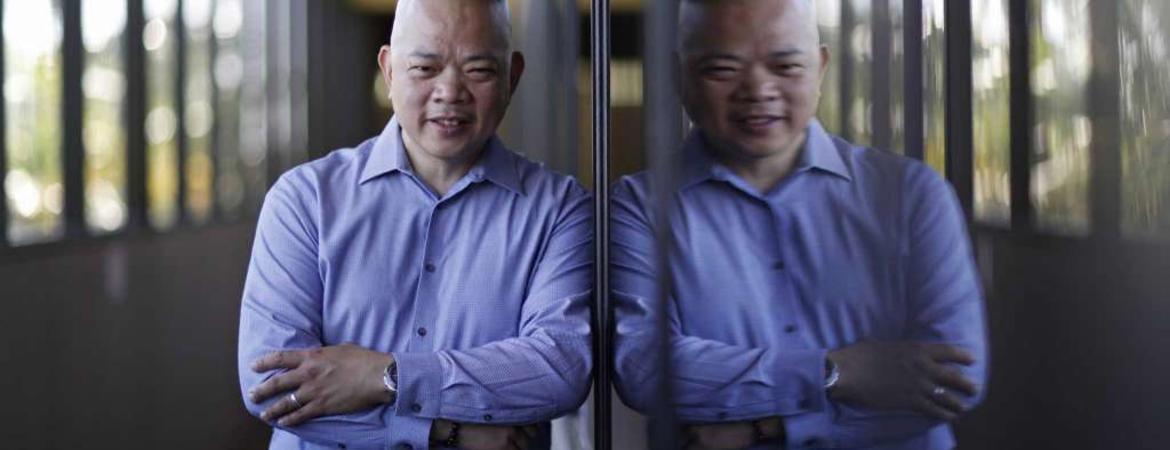Center for Social Innovation

With his anti-Asian rhetoric, Trump is making the calculation that he has more to gain with his loyal base of older white voters thrilled by his inflammatory statements, than to lose among the Asian American community, said Karthick Ramakrishnan, a public policy professor at the University of California, Riverside and founder of AAPI Data, which tracks Asian Americans.
That’s because Asian Americans largely vote in very blue districts and otherwise non-competitive states, Ramakrishnan said. A third of all such voters live in California alone.
“Part of the reason we don’t see very much outreach is because Asian Americans tend to live in non-competitive states in presidential elections," Ramakrishnan said.
For Trump, AAPI Data found nearly all major Asian American ethnic groups held an unfavorable view of the president. The only exception was the 62% of Vietnamese surveyed in 2018 who said they held a favorable impression of him. On the other end of the spectrum, just 14% of Japanese voters felt the same way.
In the top 10 states with the largest Asian American voting populations, Trump in 2016 won only Texas and Florida. But the ultimate swing state in this year’s election, Ramakrishnan said, is unlikely to be determined by the 3.6% of Florida voters who are Asian American given how large the state is.
That means in smaller states like Nevada, the deeper concentration of eligible Asian American voters -- the fourth highest behind Hawaii, California and Washington state -- could potentially move the needle. About 11% of Nevada’s voters are Asian.
Trump lost the Silver State in 2016 to rival Democrat Hillary Clinton by just 2.4 percentage points, though Nevada now leans more blue.
This article was also mentioned in WJAC